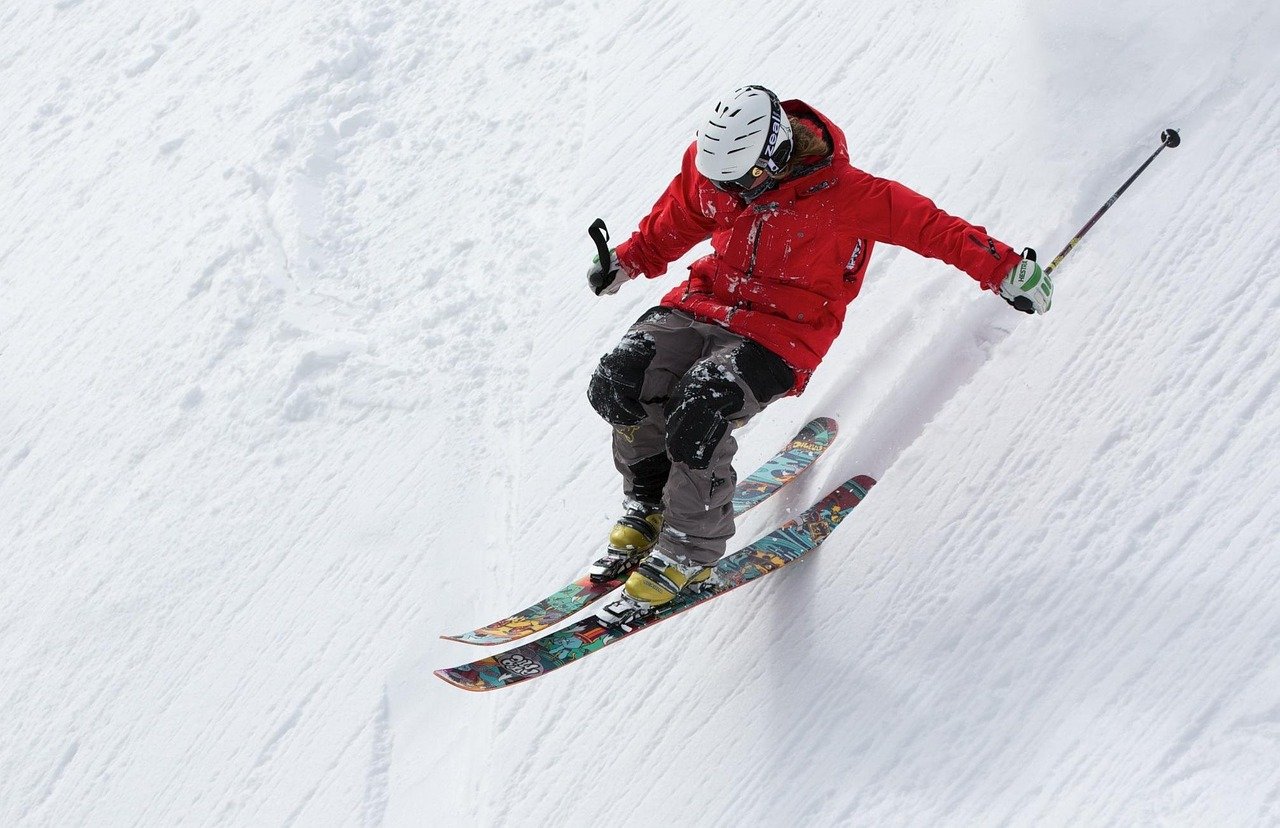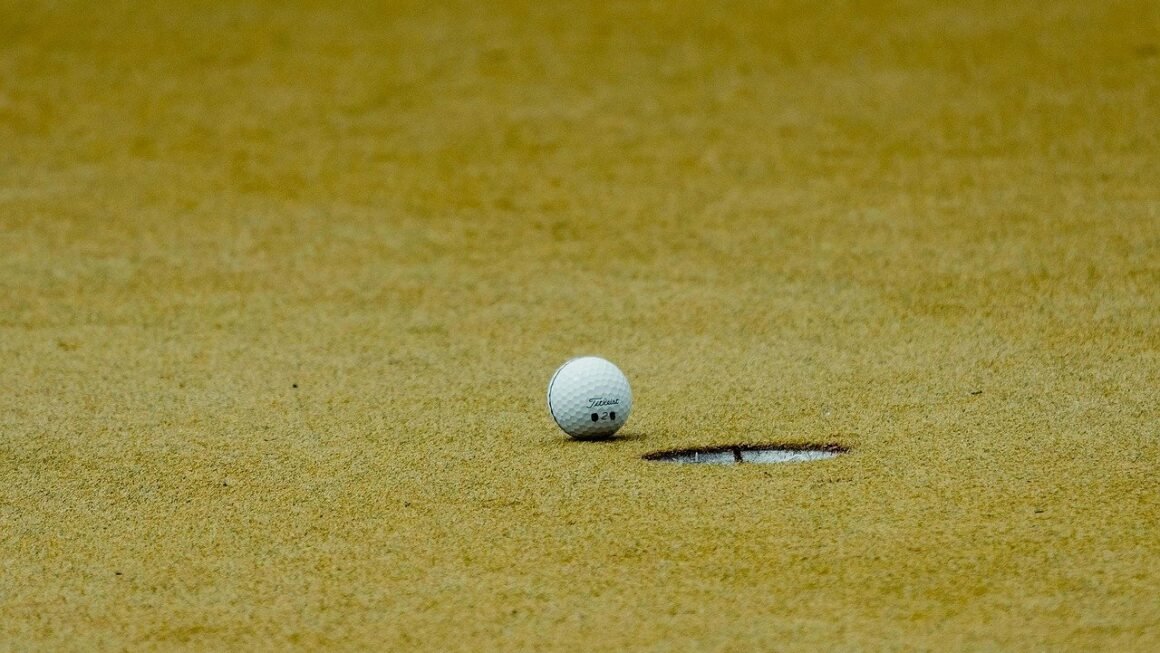The allure of the green, the satisfying thwack of a well-struck ball, and the camaraderie of fellow players – golf is more than just a game; it’s a passion for millions worldwide. Whether you’re a seasoned pro or just starting to explore the fairways, understanding the nuances of this timeless sport can greatly enhance your enjoyment and improve your game. This guide delves into the various aspects of golf, from its rich history and essential equipment to mastering techniques and navigating the course.
The History and Evolution of Golf
Origins and Early Development
Golf’s roots can be traced back to 15th-century Scotland, where the game was played on the sandy dunes along the coast. Early golf was a far cry from the meticulously manicured courses we know today. Players used rudimentary equipment, often makeshift clubs and balls stuffed with feathers.
- The first written rules of golf were established in 1744 by the Honourable Company of Edinburgh Golfers.
- The Royal and Ancient Golf Club of St Andrews (R&A), founded in 1754, became the governing body of the game worldwide, excluding the United States and Mexico.
Golf’s Growth and Modernization
The 19th and 20th centuries witnessed golf’s global expansion. The introduction of gutta-percha balls (a rubber material) in the mid-19th century revolutionized the game, leading to greater distance and accuracy.
- The United States Golf Association (USGA) was formed in 1894, establishing rules and standards for the burgeoning American golf scene.
- Professional golf emerged in the early 20th century, with tournaments like the British Open and the US Open becoming prestigious championships.
- The advent of steel-shafted clubs, and later graphite, further improved performance and accessibility for players of all skill levels.
Essential Golf Equipment
Clubs: The Tools of the Trade
Choosing the right golf clubs is paramount for any golfer. A standard set typically includes:
- Driver: Used for long-distance shots from the teeing ground. Modern drivers are designed with large clubheads and optimized for maximum distance.
Example: A driver with a loft angle between 9 and 12 degrees is common for most players.
- Fairway Woods: Designed for long shots from the fairway. They offer a balance of distance and accuracy.
Example: A 3-wood is a versatile club that can be used from the tee or the fairway.
- Irons: Used for a variety of shots, providing distance control and accuracy. Iron sets typically range from 3-iron to 9-iron.
Example: A 7-iron is often used for approach shots to the green, traveling approximately 150 yards for an average male golfer.
- Wedges: Specialized clubs for short-game shots around the green, designed for high trajectory and soft landings.
Example: A sand wedge (54-56 degrees) is essential for escaping sand traps.
- Putter: Used for rolling the ball into the hole on the green.
Example:* A blade putter offers a traditional feel, while a mallet putter provides increased stability.
Golf Balls: The Sphere of Influence
Golf balls have evolved significantly over time. Modern golf balls are engineered for distance, spin, and control.
- Construction: Golf balls typically have a multi-layer construction, consisting of a core, mantle, and cover.
- Dimples: The dimples on a golf ball are crucial for aerodynamic performance, reducing drag and increasing lift.
- Types: Different types of golf balls cater to various skill levels. Tour-level balls offer maximum spin and control, while recreational balls prioritize distance and durability.
Accessories: Completing the Ensemble
Essential golf accessories enhance the playing experience and provide convenience.
- Golf Bag: Carries clubs and accessories. Options include stand bags, cart bags, and carry bags.
- Golf Tees: Elevate the ball for optimal launch conditions from the tee.
- Golf Gloves: Provide grip and prevent blisters.
- Golf Shoes: Offer stability and traction on the course.
- Rangefinder/GPS: Measures distances to targets on the course.
Mastering Golf Techniques
The Grip: Foundation of the Swing
The grip is the fundamental connection between the golfer and the club. A proper grip promotes control, power, and consistency.
- Types of Grips: Overlapping (Vardon), interlocking, and baseball (ten-finger).
- Grip Pressure: Maintaining a light grip pressure is crucial for a fluid swing.
- Alignment: Proper grip alignment ensures the clubface is square at impact.
The Stance: Setting the Stage
The stance influences balance, stability, and swing plane.
- Width: A wider stance provides greater stability, while a narrower stance allows for more mobility.
- Ball Position: Ball position varies depending on the club being used. For example, the ball is typically positioned slightly forward of center for a driver and closer to the center for irons.
- Posture: Maintaining a proper posture with a slight bend at the knees and a straight back is essential for a balanced swing.
The Swing: A Symphony of Motion
The golf swing is a complex sequence of movements designed to generate power and accuracy.
- Backswing: Initiating the swing by turning the shoulders and hinging the wrists.
- Downswing: Transitioning from the backswing to the downswing, maintaining lag, and releasing power through impact.
- Follow-Through: Completing the swing by transferring weight to the lead foot and extending the arms towards the target.
Short Game: Scoring Zone
The short game encompasses putting, chipping, and pitching, and it’s often where rounds are won or lost.
- Putting: Mastering putting requires a consistent stroke, accurate green reading, and proper distance control.
- Chipping: Chipping involves low-trajectory shots around the green, designed to roll the ball towards the hole.
- Pitching: Pitching involves higher-trajectory shots with more spin, allowing the ball to stop quickly on the green.
Navigating the Golf Course
Understanding Course Layout
Familiarizing yourself with the course layout is crucial for strategic decision-making.
- Tee Box: The starting point for each hole.
- Fairway: The closely mown area between the tee and the green.
- Rough: The longer grass bordering the fairway.
- Green: The closely mown surface surrounding the hole.
- Hazards: Obstacles such as bunkers (sand traps) and water hazards.
Course Management Strategies
Effective course management involves playing to your strengths, avoiding unnecessary risks, and making smart decisions based on course conditions.
- Club Selection: Choosing the right club for each shot based on distance, wind, and course conditions.
- Target Selection: Aiming for the safest and most advantageous landing areas.
- Risk Assessment: Weighing the potential rewards against the potential risks of each shot.
Golf Etiquette: Respecting the Game
Adhering to golf etiquette ensures a pleasant experience for all players.
- Pace of Play: Maintaining a reasonable pace of play to avoid holding up other golfers.
- Repairing Divots and Ball Marks: Repairing divots on the fairway and ball marks on the green.
- Respect for Other Players: Avoiding distractions and maintaining silence during other players’ swings.
- Safety: Ensuring the safety of other players by calling “Fore!” when a ball is heading towards them.
Conclusion
Golf is a challenging yet rewarding sport that offers physical exercise, mental stimulation, and social interaction. By understanding the history, mastering the techniques, and embracing the etiquette, you can elevate your game and enhance your enjoyment of this timeless pursuit. Whether you’re striving to break 80 or simply enjoy a leisurely round with friends, the journey of improvement is a constant and fulfilling aspect of the game of golf.



